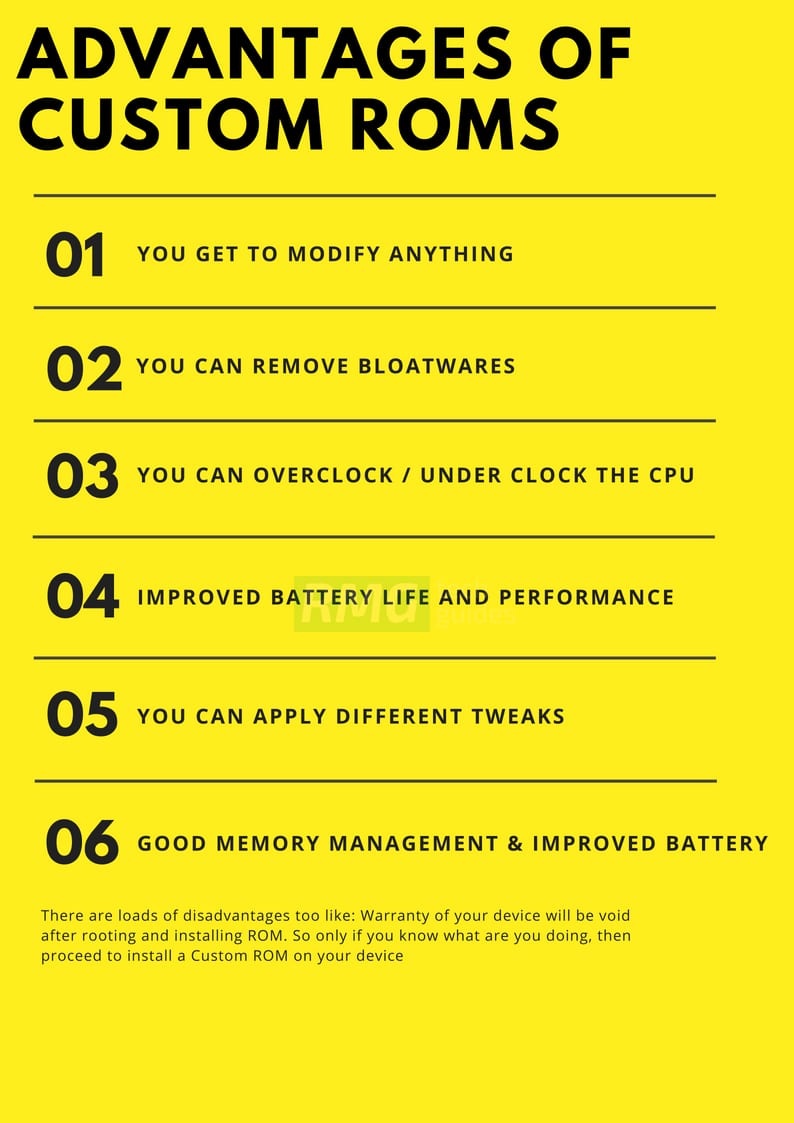Xiaomi Redmi Note 7 comes equipped with a large 5.0-inch display with 441ppi, 1.4GHz Hexa-core Qualcomm Snapdragon 650 processor, 3GB RAM and 23 MP camera. Xiaomi Redmi Note 7 is packed with 64GB internal storage with expandable up to 200GB via a microSD card slot and 2620mAh non-removable battery and Fingerprint sensor. With the release of new Android 10, the parallel thing that happens is the development of the Custom ROM which essentially acts as a wrapper to the underlying Android version. This is a third party ROM and there may be some bugs present in the ROM as of now. You can check what’s working and what’s not working below. We are thankful to Xda developer saladasss for sharing the ROM file. We recommend users not to flash the ROM on their primary devices. What’s Working:
Boots RIL Fingerprint Wi-Fi Camcorder Camera Bluetooth Video Playback Audio Sensors Flash LED VOLTE GPS
Not working:
Volte
Android 10 Q On Xiaomi Redmi Note 7 (Atom OS ROM) Features:
A system-wide dark mode Smart Reply for all messaging apps. New easy sharing menu. Quicker access to settings. A standard depth format. Overhauled permissions. Wi-Fi sharing via QR codes Focus Mode
What is Custom ROMs On Android?
Custom ROMs are based on Official Android source codes which are customized or developed by developers or a community of developers. Custom ROMs come with loads of extra customizations which makes them unique and popular among the android lovers. Remember, Custom ROMs are not provided by Google or other mobile vendors but are developed and maintained by the community and its contributors. Some example: Lineage OS (Previously known as CyanogenMod), Paranoid Android etc.
Benefits Of Custom ROMs
- Vanilla Android (Pixel Style) Most Of the AOSP Based Custom ROMs are bloatware free and have very close to the stock look and feel which makes them super snappy. These ROMs are very optimized for battery and performance.
- Root Access Most of the Custom ROMs are pre-rooted. The process of gaining full admin control of the Android device is called Rooting On Android. It’s similar to running programs as administrators in Windows. After rooting your device you can install different MODs, kernel, ROMs on your device. You can install the latest Android updates (like the Android 10 Q) On old device by installing third-party ROMs like AOSPEXTENDED or Lineage OS 15/16. You can overclock the CPU and GPU of your device to get the best performance. You can hibernate any app you want. You can underclock the CPU to get better battery life. For more information about Android rooting, check out our detailed post here >What Is Rooting Android Qhone? Advantages And Disadvantages
- Regular Updates Most of the Android smartphone manufacturer provides 2-year software support and after that, the devices won’t get any official update. In that case, users have to fully depend on Custom ROMs to test the latest Android on their devices. Most of the developers of the Custom ROMs provide a 4)regular update which is one of the best things about Custom ROMs.
- Customization Android is famous for Customization and Custom ROMs take this to another level. Unlike Stock vanilla android Custom ROMs come with various customization options. We are sharing a few of them below
Users can enable or disable navigation bar Users can customize navigation bar and Status bar icons Some Custom ROMs come with different MODs Some Custom ROMs come with Custom Kernels which allow users to Overclock or underclock the CPU and GPU. Some Custom ROMs come with support for Third party themes
- Battery and Performance Most Of the Custom ROMs are very close to stock vanilla android in look. The Custom ROMs are very optimized which results in better battery life and smooth performance.
Pre-requirements
Make sure the bootloader on your device is unlocked and your device is rooted and you have a custom recovery installed. Guide: How To Unlock Bootloader Of Any Android Using Fastboot Make sure your device has more than 50% battery. Make sure you have taken a backup of your important data. Now proceed To Install AOSP Oreo On Xiaomi Redmi Note 7.
Disclaimer
RootMyGalaxy.net is not responsible for any damage happened to your device(s) while following this guide, proceed at your own risk.
Download AOSP Android 10 Q On Xiaomi Redmi Note 7
Download AOSP 10 Q ROM (Xda Link) (Gapps Included, so don’t flash Gapps separately) Download Android 10 Q Gapps
Steps To Install Android 10 Q On Xiaomi Redmi Note 7 (Atom OS ROM)
Make sure your device is rooted and have the latest TWRP recovery installed. (Check the Pre-Requirement Section Above) First, download the files from the above link. Now transfer the downloaded files to the internal storage of your device. Now reboot to the TWRP recovery by holding your Armor and volume down buttons together for a few seconds. Take a backup by selecting the option from the home screen and then your data and cache from the recovery menu. Guide: How To Create & Restore Nandroid Backup On Android Devices Now select install and then browse for the downloaded ROM file and then select it. Next flash the Gapps file and then Magisk (optional). Guide 1 > How To Install A Custom ROM Via Recovery On Any Android If you want root to access then you can flash the latest Magisk (optional) Guide 3 > How To Install Magisk On Android To Gain Root Once the flashing process is completed, reboot your phone and you will be booted into the latest Android
If you have any doubts regarding this article, feel free to comment below. Source: XDA

